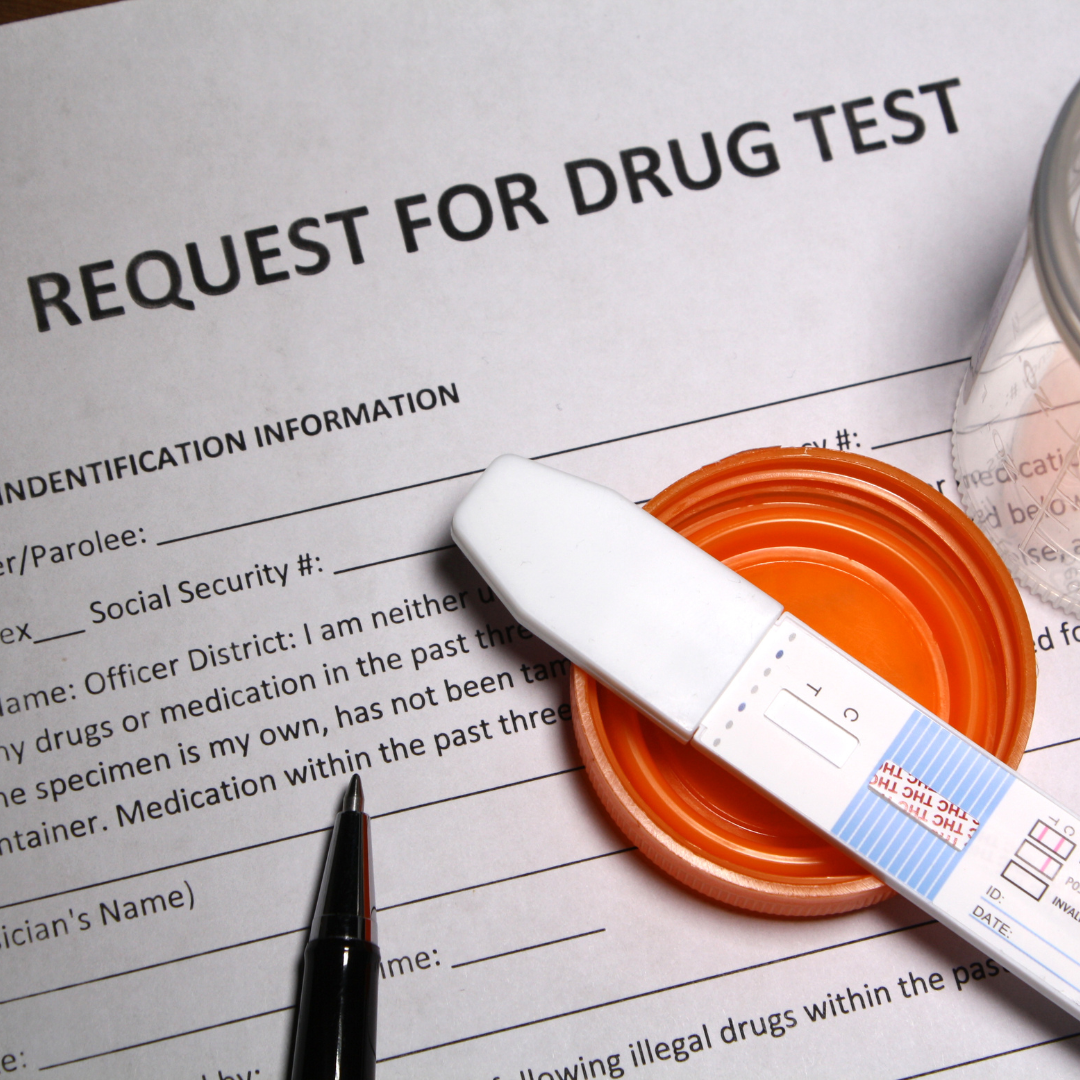
Creating a secure work setting safeguards employees and bolsters business success. A pivotal component of this safety net is adherence to drug testing protocols. This article delves into the vital role of drug testing at work, its myriad advantages, and streamlined strategies to ensure seamless drug testing compliance.
In addition to ensuring a safe workplace, it is crucial to recognize the broader impact of substance abuse. Employers can play an important role in supporting their employees by providing resources and guidance. This proactive approach can ensure that employees are able to address underlying issues before they escalate. For instance, a variety of Addiction Resources in Mississippi and beyond can be integrated into workplace safety initiatives. By guiding employees towards these resources, businesses can create a supportive environment that promotes overall well-being.
The Importance of Workplace Safety
Protecting Lives and Well-being
Workplace safety is not just about following rules; it’s about saving lives. Ensuring a drug-free workplace safeguards employees from accidents caused by impaired judgment and reflexes due to drug use. Accidents can happen at any point, but they are more likely if someone is impaired. This can even lead to death in certain environments, which can cause the family of the one who has been injured or killed to seek claims for injuries or death at work.
Legal Obligations
Many countries have stringent laws and regulations in place to enforce workplace safety. Failing to comply can lead to substantial penalties, legal disputes, and tarnishing of your organization’s image.
Boosting Productivity
A safe workplace is a productive one. When employees sense a safe environment, their concentration on duties improves, resulting in heightened productivity and fewer absences.
The Role of Drug Testing
Drug testing is a vital component of workplace safety. It helps identify and deter drug use among employees, ensuring that everyone can work together cohesively without the negative effects of substance abuse.
Benefits of Drug Testing
Deterrence
Knowing that drug tests are conducted regularly can act as a deterrent for employees who might otherwise consider using drugs. This, in turn, reduces the risk of accidents and injuries.
Early Detection
Drug testing allows you to detect and address substance abuse issues early on, preventing them from escalating into more significant problems.
Promoting Accountability
When employees know they will be tested for drugs, it fosters a sense of accountability. They are less likely to engage in risky behavior and more likely to take their responsibilities seriously.
Compliance with Regulations
Implementing drug testing in your workplace ensures that you are complying with local and national regulations, protecting your business from legal troubles.
Achieving Drug Testing Compliance
Educate Your Employees
- Start by educating your employees about the drug testing policy. Ensure employees grasp the rationale behind the policy and the repercussions of not adhering to it.
- Offer straightforward details regarding the timing and procedure of the drug tests.
Establish a Comprehensive Drug Testing Policy
- Work with HR professionals to create a well-documented drug testing policy. This policy should outline the types of tests conducted, the procedures to be followed, and the consequences of failing a drug test. It’s also important to document the steps you will take to ensure the test is fair and accurate. Since wrongful termination is prosecutable under the law, you don’t want to accidentally fire someone who didn’t have any drugs in their system due to poor tests or policies.
Choose the Right Testing Method
- There are various drug testing methods available, such as urine, saliva, hair, and blood tests. Choose the method that best suits your company’s needs and budget.
Select a Reliable Testing Provider
- Partner with a reputable drug testing provider. They should have experience in conducting workplace drug tests and ensure the confidentiality of the results.
Consistency is Key
- Maintain consistency in your drug testing schedule. Random testing, pre-employment testing, and post-accident testing should all be conducted as per your policy.
- Avoid any appearance of bias when selecting employees for testing.
Privacy and Confidentiality
- Ensure that the drug testing process is conducted in a private and confidential manner. Respect employees’ privacy by keeping the results confidential and sharing them only with authorized personnel.
Offer Support and Rehabilitation
- Implement an employee assistance program that provides support and rehabilitation options for employees struggling with substance abuse.
Stay Informed and Up-to-Date
- Keep abreast of changes in drug testing regulations and technologies. Regularly update your drug testing policy to reflect these changes.
Document Everything
- Maintain thorough records of all drug testing activities, including dates, results, and any actions taken as a result of positive tests. This documentation will be essential for compliance and legal purposes.
Review and Improve
- Periodically review your drug testing program’s effectiveness and make improvements where necessary. Consider feedback from employees and management to ensure it aligns with your company’s safety goals.
FAQs
What types of drug tests are commonly used in the workplace?
- Workplaces often utilize various drug testing techniques such as urine, saliva, hair, and blood tests. The selection of a specific method hinges on the company’s unique requirements and established policies.
Is drug testing invasive or a breach of privacy?
- Drug testing is typically conducted in a private and confidential manner to respect employee privacy. While it may involve providing a sample, it is not considered invasive. Companies should ensure that the process is conducted professionally and discreetly.
Can an employee refuse to take a drug test?
- In numerous work settings, declining a drug test can lead to repercussions, possibly even dismissal. Typically, employees are anticipated to adhere to the organization’s drug testing guidelines as part of their employment terms.
Conclusion
Safety in the workplace is a collective duty, with drug testing compliance sitting at its core. By emphasizing safety via drug testing, we shield our employees, meet legal requirements, and foster a work setting that’s both efficient and responsible.



